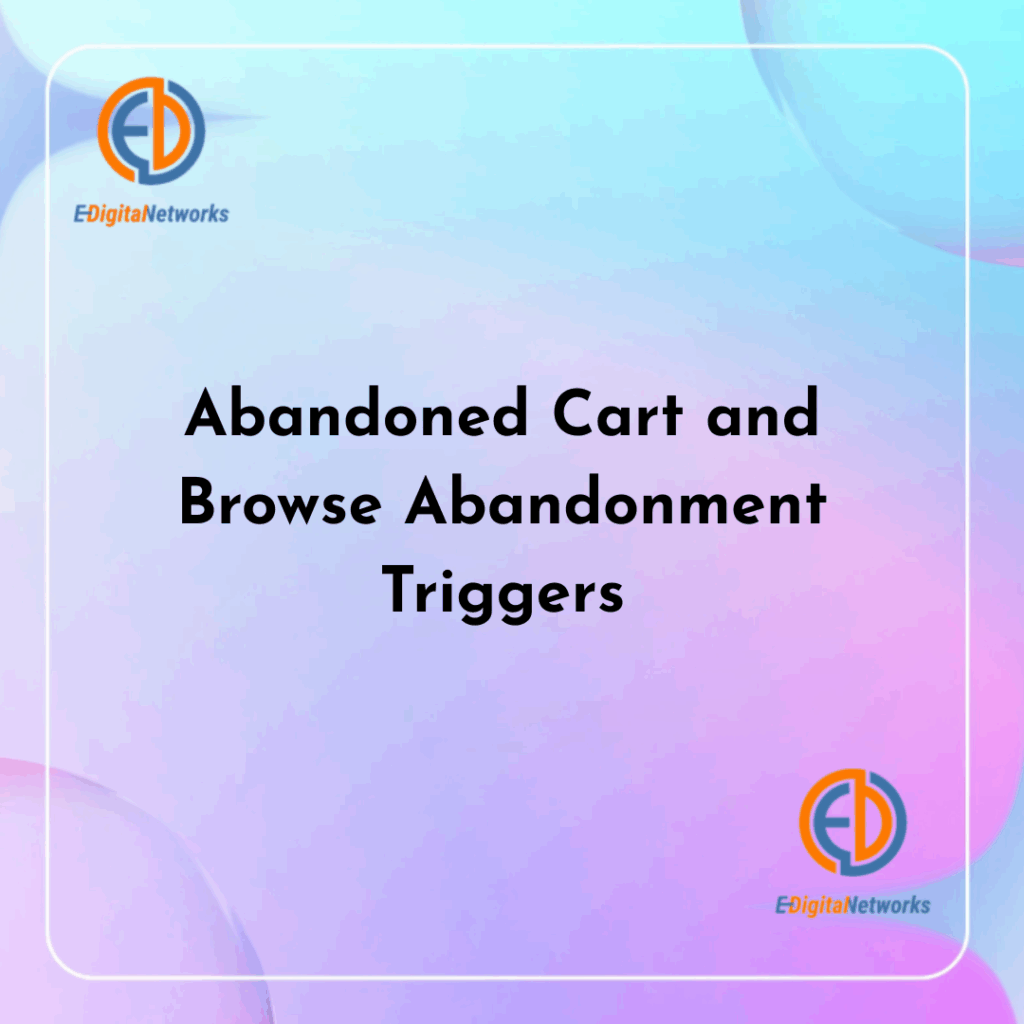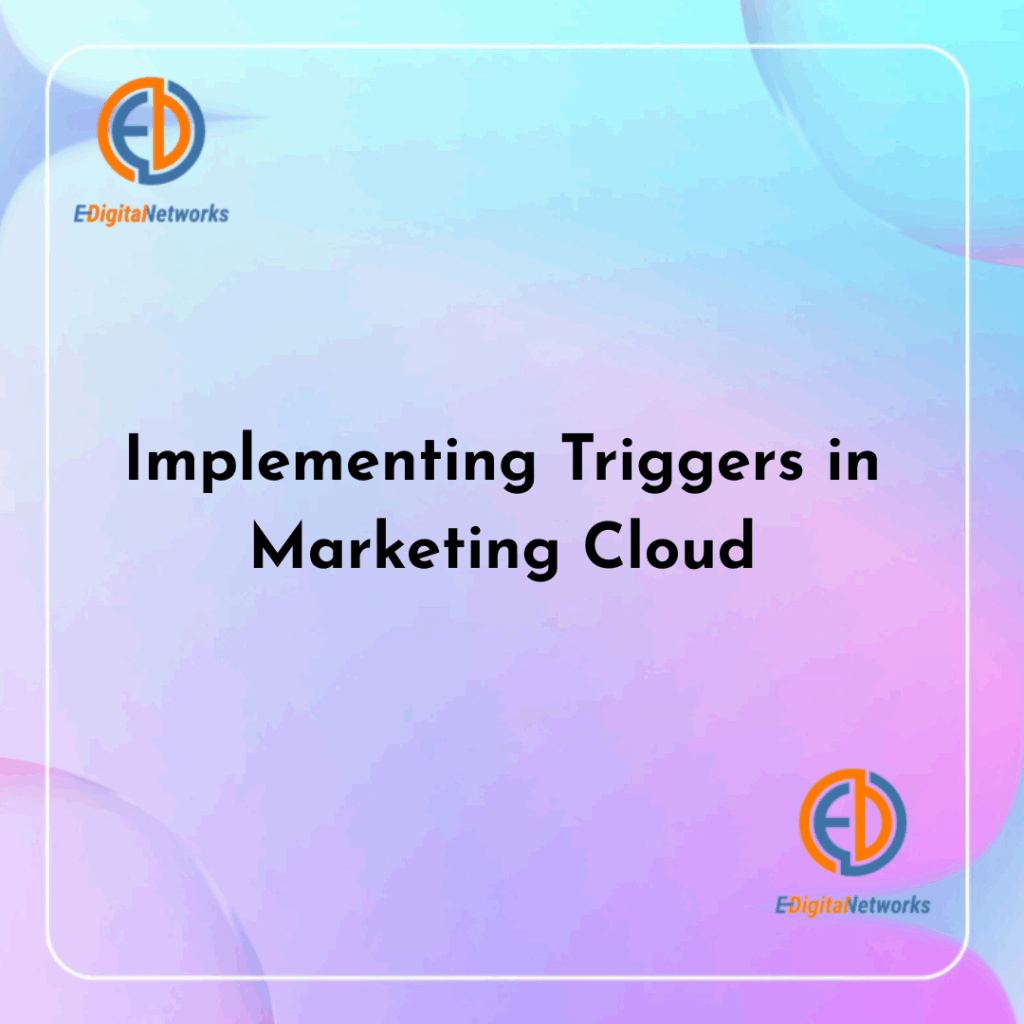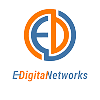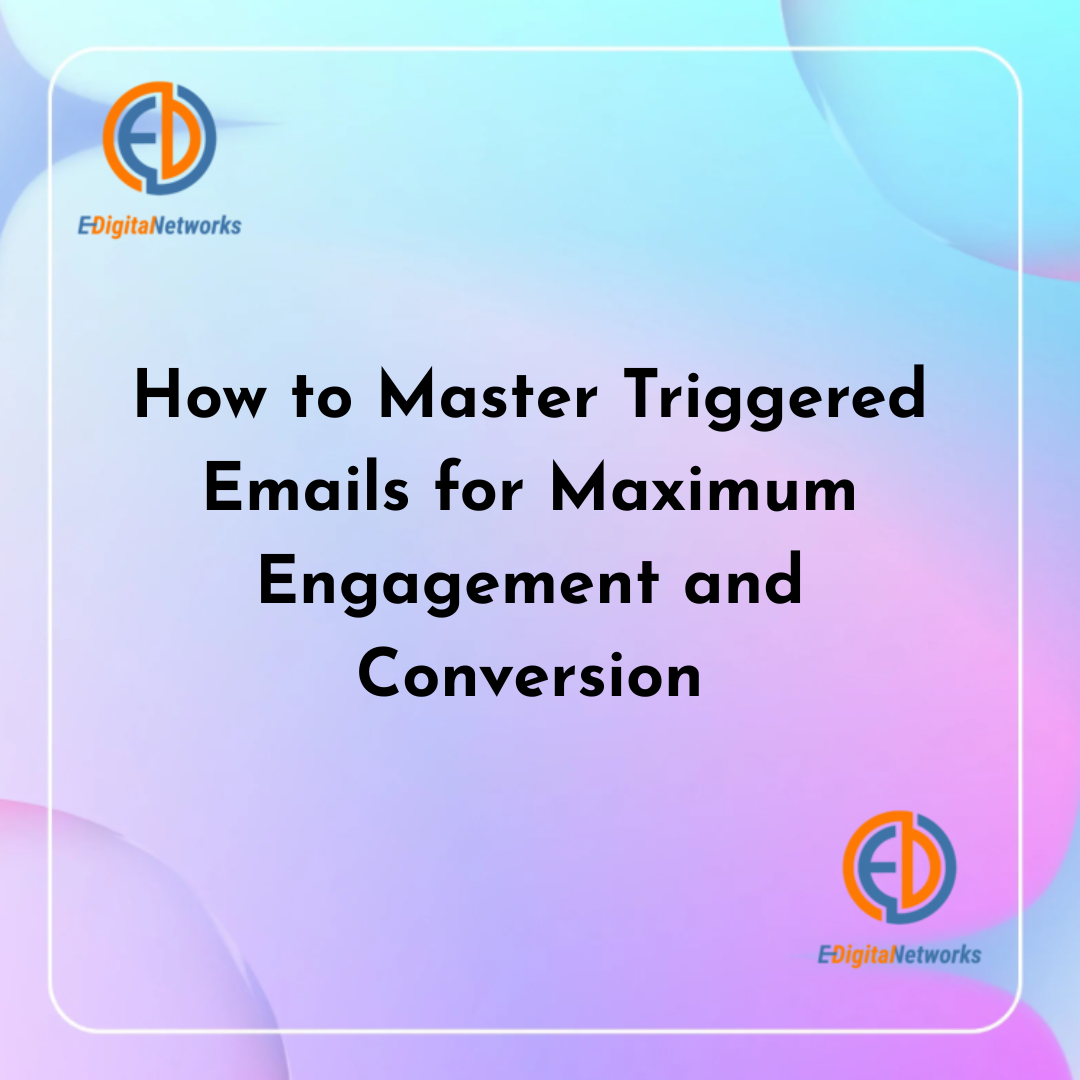In a time when customers want immediate, tailored communications, triggered emails are becoming an essential part of contemporary marketing tactics.
Compared to generic newsletters, these automated communications, which are delivered in response to certain subscriber activities or lifecycle events, have greater open rates and conversion rates. They provide the appropriate message at the appropriate moment, whether it’s greeting new users or retrieving abandoned carts. Utilizing solutions such as triggered emails marketing cloud helps businesses access deep consumer data while streamlining intricate operations and guaranteeing consistency across international campaigns.
Knowing the types of triggered emails enables marketers to create focused sequences that increase customer loyalty, nurture prospects, and lower attrition. This thorough tutorial explores the fundamentals of triggered messaging, including critical metrics to gauge performance, setup considerations for main platforms, crucial email types, and best practices for scheduling and content.
Understanding this dynamic channel will change your customer interactions and promote long-term success, regardless of your level of experience as an email strategist or your level of automation exploration. Let’s examine the ideas, illustrations, and technical details required to put into practice triggered campaigns that connect and provide measurable outcomes.
Welcome and Onboarding Sequences
Welcome messages introduce your brand values and offers, therefore defining the tone of the subscriber relationship.
Beyond a one-sentence welcome email, an efficient onboarding process consists of a set of communications meant to inform and involve new users. The first email thanks you and verifies membership; further emails direct recipients through platform navigation, product features, or special resources.
These focused touchpoints clear uncertainty, speed time to value, and encourage early loyalty. Companies that streamline their onboarding processes generally see notable increases in customer satisfaction and activation rates.
Transactional and Receipt Notifications
Because they are so useful, transactional communications—order confirmations, shipment updates, and password resets—are intrinsically open-worthy. Marketers might include brand message, cross-sell recommendations, or feedback requests instead of considering them as just basic alerts.
A shipment confirmation email can, for example, highlight matching items or offer a link to monitor the cargo. These communications offer ideal real estate for building trust and encouraging upsells without overloading receivers as they show almost flawless deliverability.

Abandoned Cart and Browse Abandonment Triggers
Timely reminders help e-commerce companies typically recoup a good amount of lost purchases. Usually sweetened by a discount or free delivery offer, an abandoned cart email reminds consumers of things left behind. Likewise, browse abandonment emails feature comparable goods or reviews to pique the interest of visitors who examined things without adding them to their basket.
By arranging several reminders—first a soft prod, then an incentive—marketers may maximize recoveries without offending consumers by balancing persistence with respect.
Milestone and Anniversary Emails
Messages honoring birthdays, subscription anniversaries, or loyalty program benchmarks humanize companies and deepen emotional ties. Including unique material or special offers—such early access to new items or extra points—personalizes these communications and honors subscriber loyalty, therefore encouraging ongoing participation.
Not only do such milestone letters honor current consumers, but they also offer information on long-term retention, which guides next loyalty campaigns and segmentation.
Re-engagement and Win-Back Campaigns
Changing interests or subscriber tiredness might cause disengagement. Re-engagement emails seek to spark interest by stressing fresh offers, asking for comments, or providing limited-time discounts.
Targeting consumers who haven’t opened messages within a certain period helps marketers to clean their lists and increase engagement levels. A well designed win-back program may turn inactive members into active consumers, therefore enhancing deliverability and lowering list decay over time.
Behavioral and Preference-Based Messaging
Behavioral triggers let companies distribute hyper-relevant information in response to on-site activities such as downloads, video views, or page visits.
Set up through choice centers, preference-based emails provide subscribers control over content themes and frequency, therefore producing more customized communications and better rates of satisfaction. These triggers use consumer data to drive dynamic content blocks when combined with automation systems such as Marketing Cloud, therefore ensuring that every email addresses personal interests and behaviors.
Feedback and Survey Requests
Ongoing progress depends on gathering consumer insights. Emails asking for evaluations or survey answers following a purchase or service request leverage great engagement rates as recipients have fresh experiences to offer.
Automating these queries at regular times, say one week following delivery, records real input. Including brief survey forms or star-rating systems inside the email simplifies the process, therefore improving response rates and producing useful information for consumer support and product development.
Upsell and Cross-Sell Recommendations
Driven by prior purchases or browsing activity, triggered recommendations based on behavior provide notable little incremental income. Analyzing purchase histories and product affinities helps marketers propose comparable products or improved strategies.
By sending these customized communications at calculated intervals—such as soon after purchase or upon subscription renewal—you show that you understand client wants, therefore improving the shopping experience and raising average order value.
Event and Webinar Invitations
Targeted invites to live events, product demos, or webinars translate involved members into active participants.
Triggered emails depending on stated interests—such as downloading a white paper on a certain topic—ensure invites find receptive inboxes. Automated reminders before the event lower no-show rates; follow-up emails summarizing important lessons start the dialogue even after the event. This methodical strategy increases involvement and helps your brand to be a thinking leader.

Implementing Triggers in Marketing Cloud
Strong tools for triggered campaigns available from Salesforce Marketing Cloud include Email Studio for message generation and Journey Builder for visual workflow orchestration. Entering events—such as wearable clicks, data extension changes, or API calls— feeds contacts into automated paths.
Drag-and-drop actions let companies specify email sends, decision divides, and delays, thus creating very customized pathways. The real-time analytics and A/B testing tools on the platform help to improve performance over time so that every triggered email helps to support overall corporate objectives.
Conclusion
Triggered emails provide timely, customized interactions that increase engagement and income, therefore transforming brand communication. Masters of types of triggered emails and using sophisticated processes on systems like Marketing Cloud can help marketers turn one-off sends into dynamic, data-driven journeys. Use these techniques to create memorable events, build loyalty, and maximize email automation.

